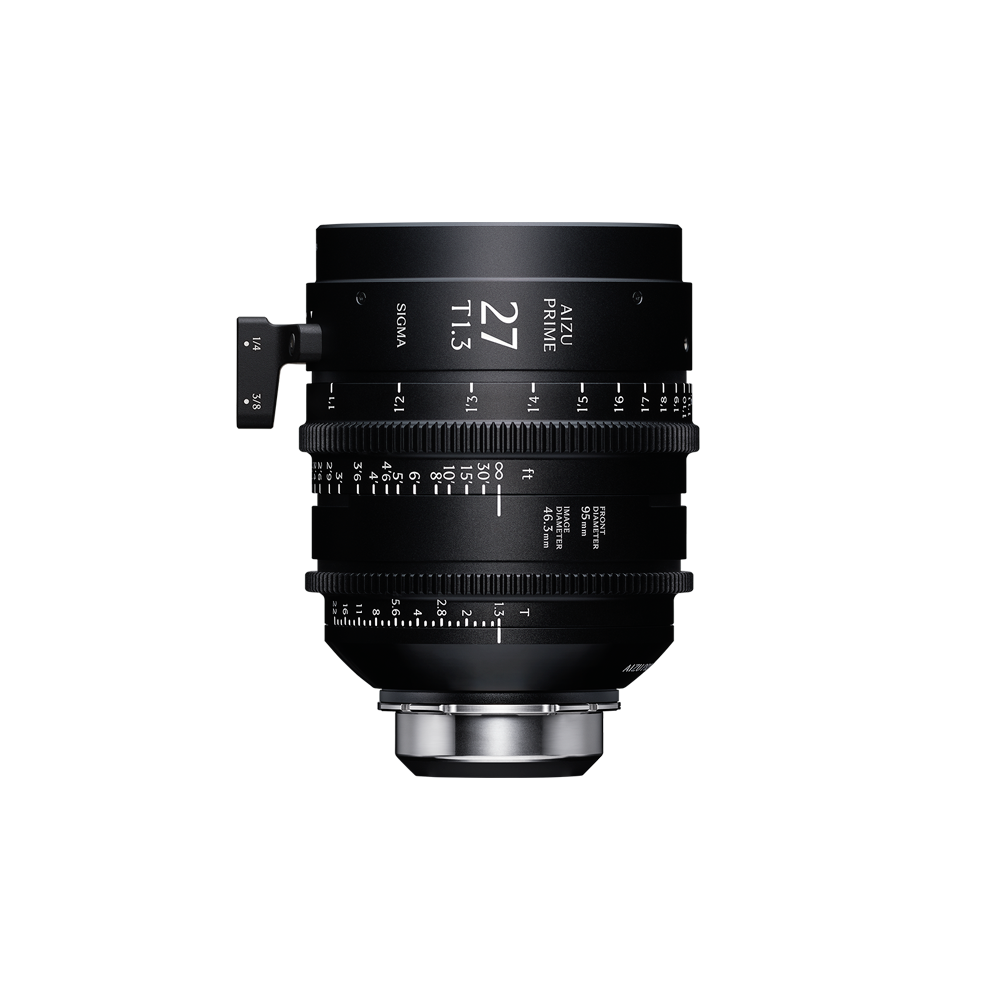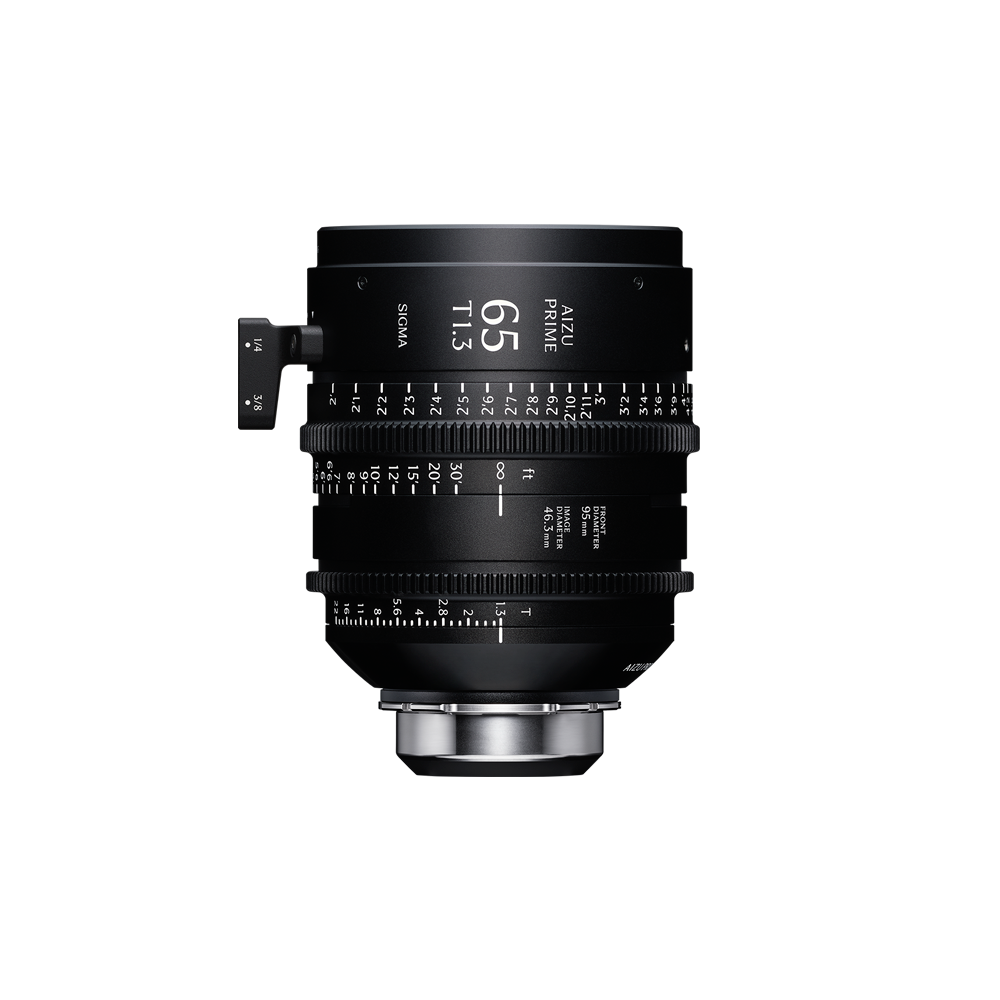IMPRESSION
Cinematography
IMPRESSION: SIGMA AIZU PRIME LINE
Aizu Prime Line
CINE Lenses
by Graham Sheldon
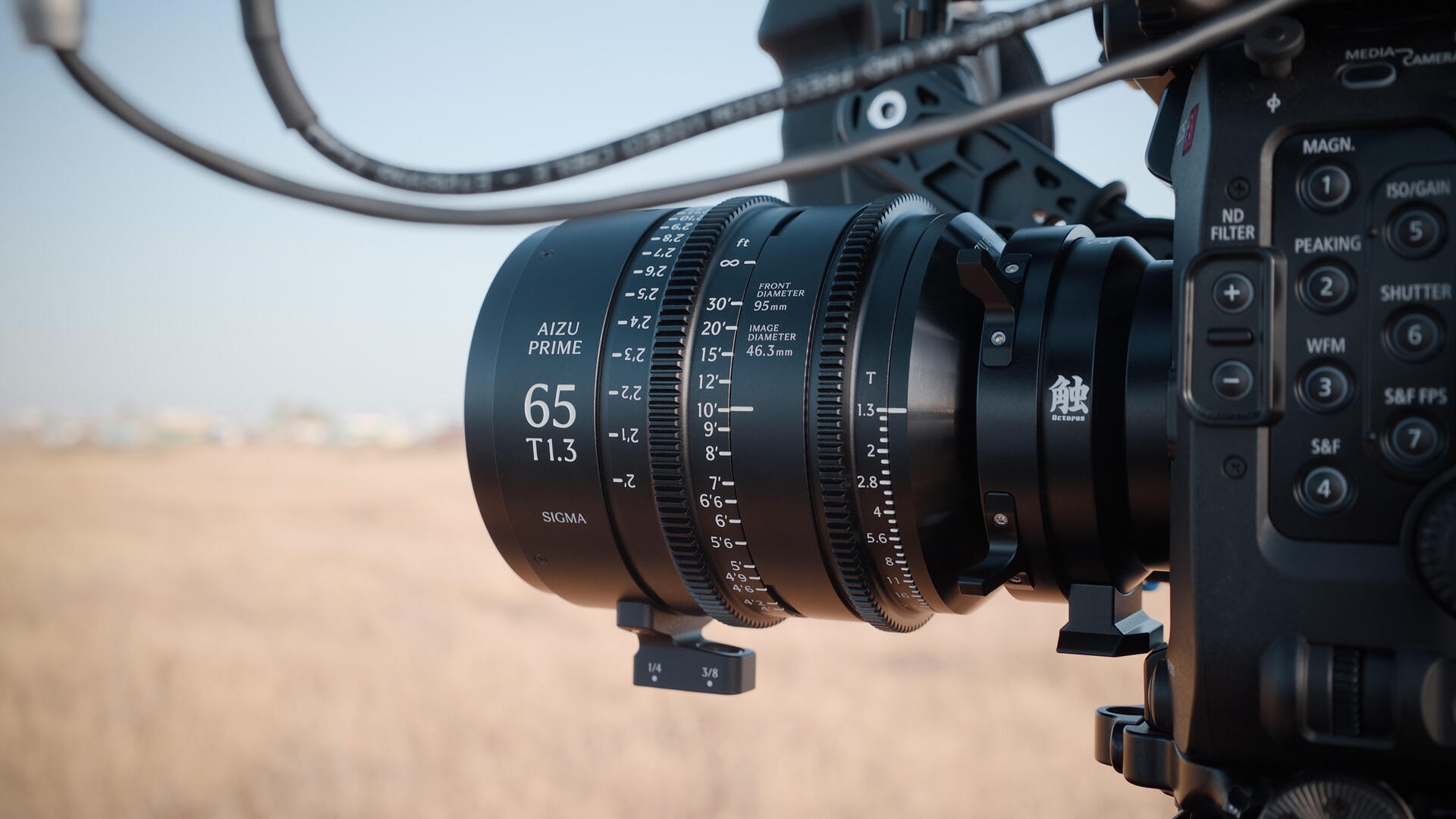
INTRODUCING THE SIGMA AIZU PRIME LINE OF CINEMA LENSES – DESIGNED FROM THE GROUND UP TO PROVIDE SPEED, SHARPNESS, AND SUBTLE CHARACTER.
As an ICG Local 600 Director of Photography working on everything from scripted to comedic stage shows to wildlife to true crime, I ask a lot out of the technology I film my projects with.
As a Sigma Ambassador, I have also been immersed in all things Sigma since 2017, and I’ve used dozens of different focal lengths and different types of zooms as I’ve bounced from project to project. The Full-Frame High Speed Primes in particular have been a staple for me with their consistent sharp look and gorgeous bokeh (especially that 105mm). Lately, I’ve been finding a home for Art line lenses as well, such as the 28-105mm F2.8 DG DN | Art and 28-45mm F1.8 DG DN | Art on my various Sony E-mount documentary rigs.
The new Aizu Primes are something special — the result of over two years of work by engineers at the Sigma factory in… you guessed it… Aizu, Japan! Unlike the High Speed prime lenses, which were based on the beloved Art line of photo lenses, the Aizu Primes are entirely new — though the rugged engineering will feel comfortably familiar to fans of Sigma’s existing cine lenses.
Our factory in Aizu, Japan is the pride of the company, which is why we named our most premium line of lenses after the region.
Some quick specs: 95mm front diameter, 3.6 pounds average weight, 0.8 pitch gears (with a uniform placement from focal length to focal length) and a luminous paint job on all markings (helpful for dark sound stages) make these primes camera department approved. We can move fast when switching matte boxes and follow focuses, and that means a lot as camera teams everywhere have been asked to deliver more with less. I’m also happy that the set includes both a 27mm and a 32mm — two focal lengths that I’ve often wished more manufacturers embraced.
These twelve lenses (8 at launch, 4 more coming in 2026) are the world’s first* T1.3 primes covering large-format camera sensors (especially Alexa Mini LF in Open Gate). But being first for the sake of being first means nothing if the lenses don’t perform optically. And, perform they do.
* As of June 2025, by Sigma.
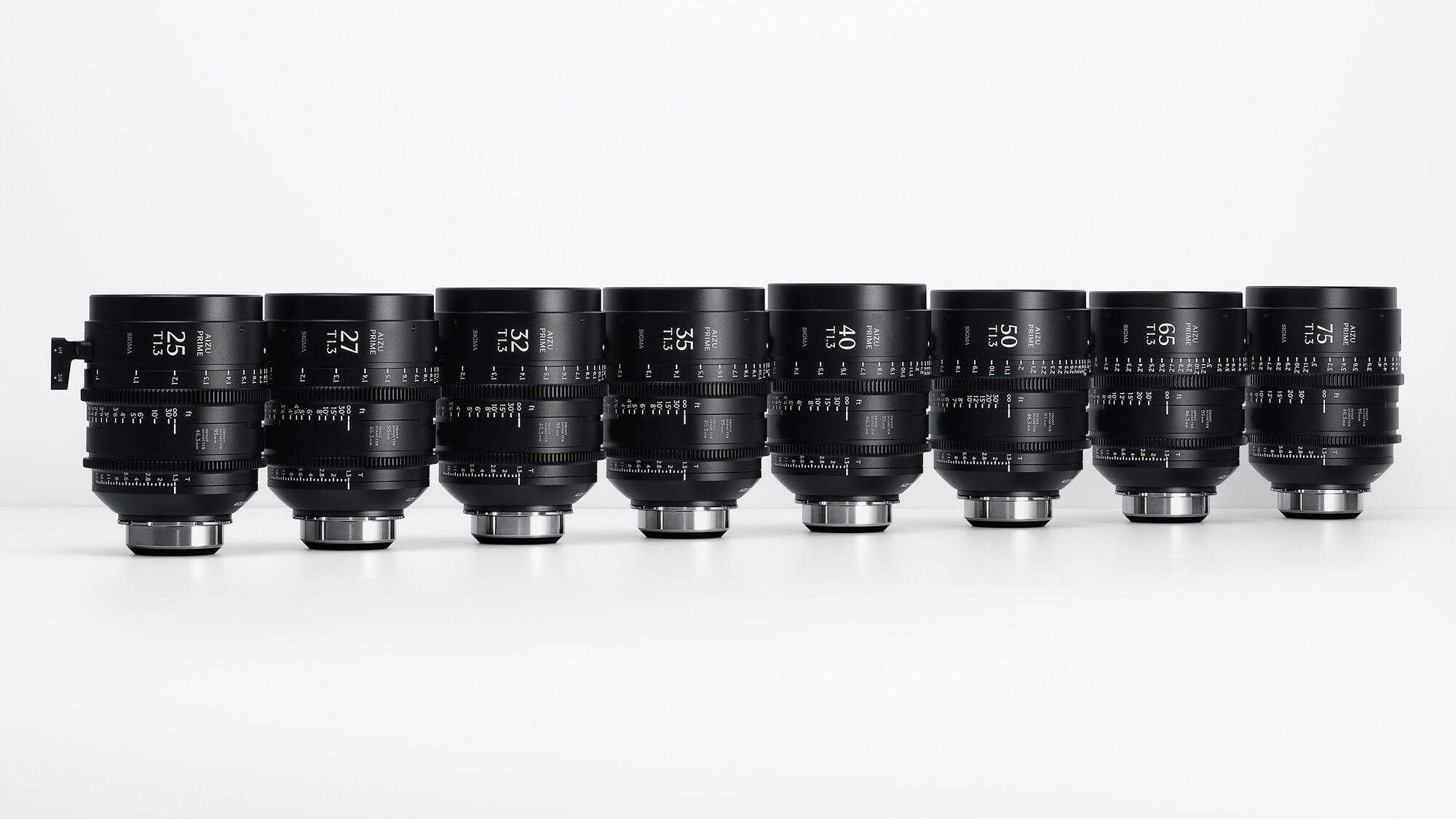
THE INITIAL 8 AIZU PRIMES SHIPPING IN MID-2025
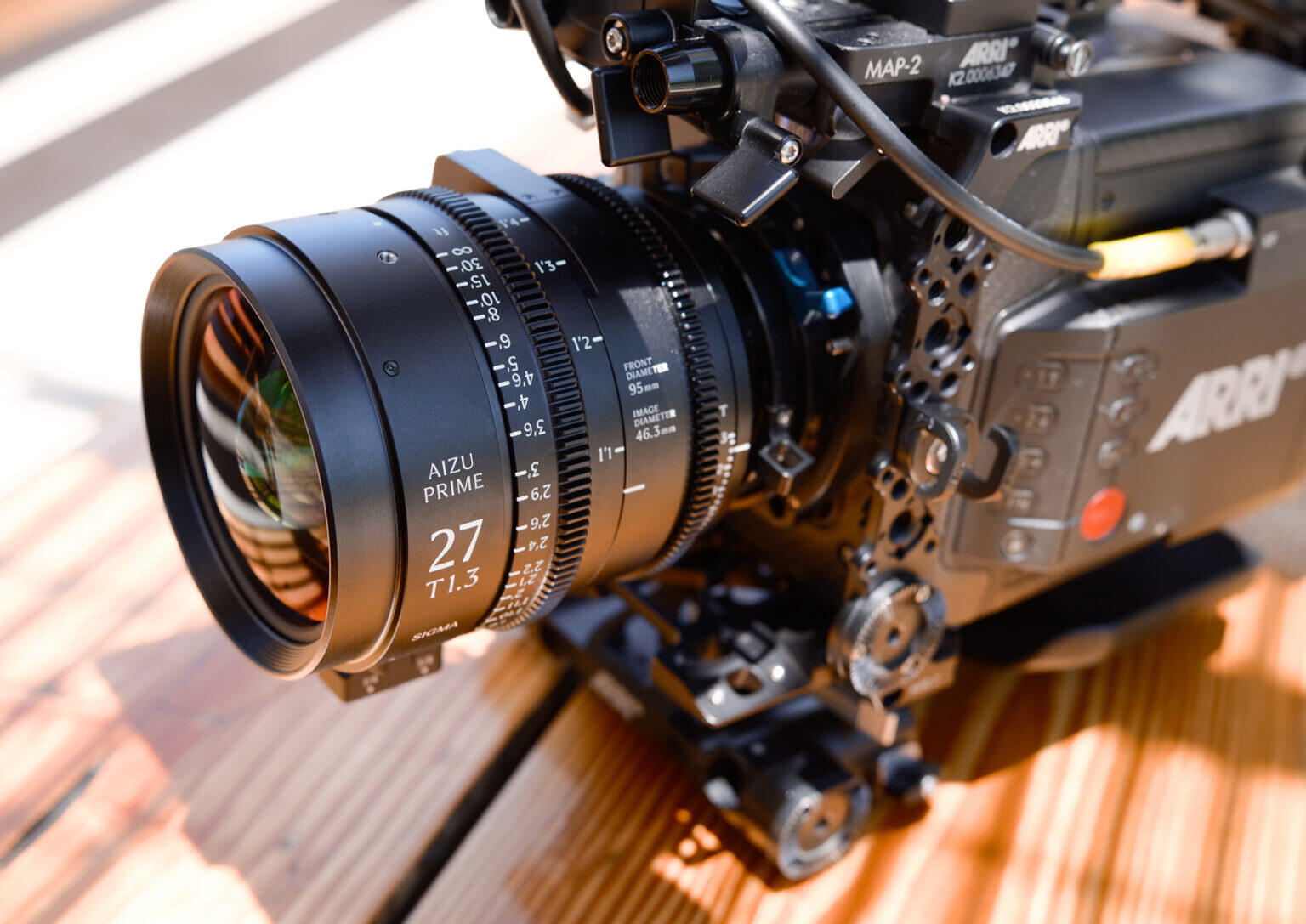
27mm T1.3 AIZU PRIME ATTACHED TO ARRI ALEXA MINI LF
I was lucky enough to receive a few Aizu focal lengths for testing on a recent shoot for NBC’s Wild Kingdom as well as a commercial shoot, and I immediately threw them into the mix. There is indeed an organic feel to their look, but it is the three-dimensional nature of their look that first stood out to me. Lens nerds of all kinds call this feel different things — for example, this look could be called “pop” or “separation” too.
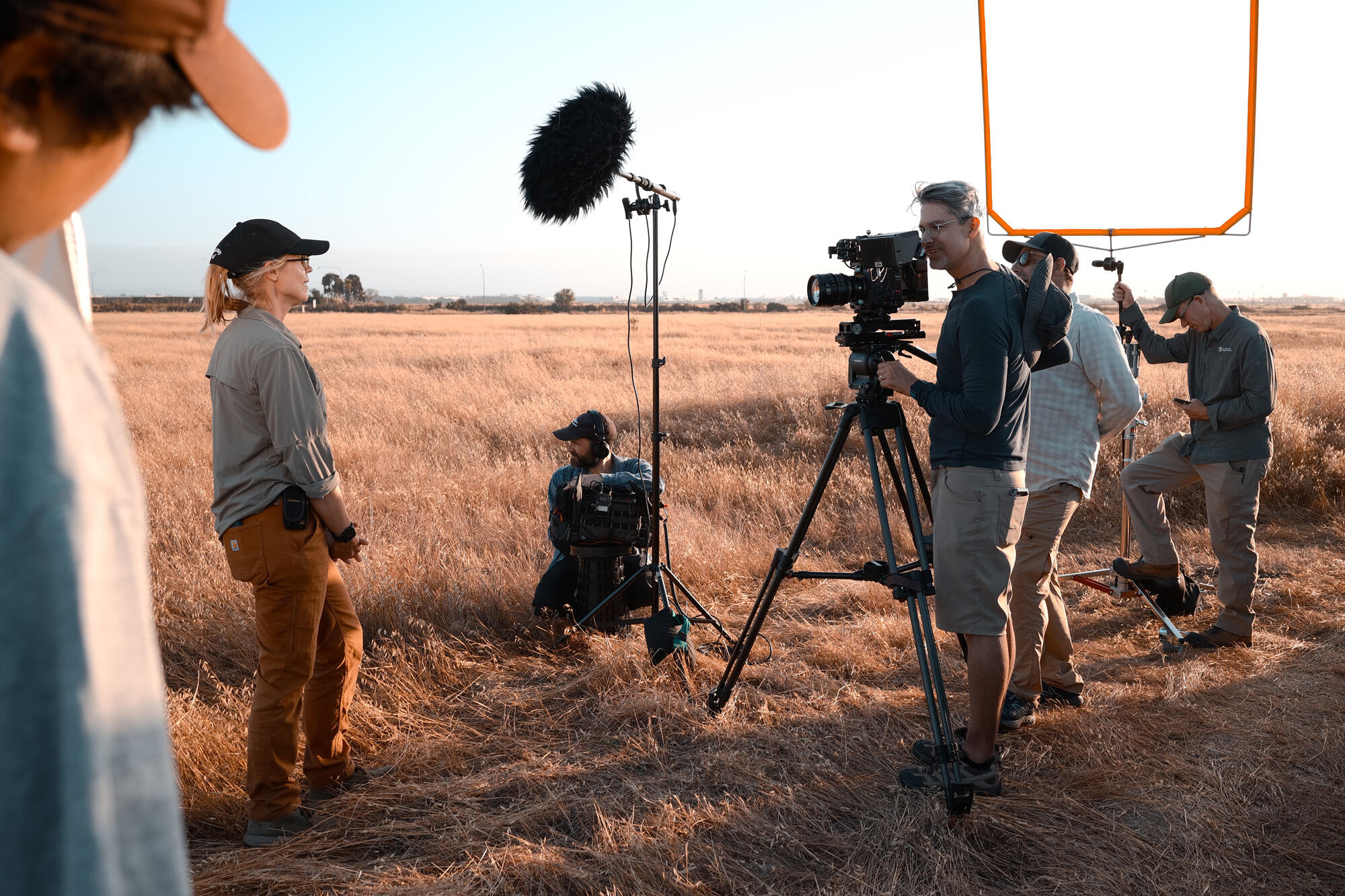
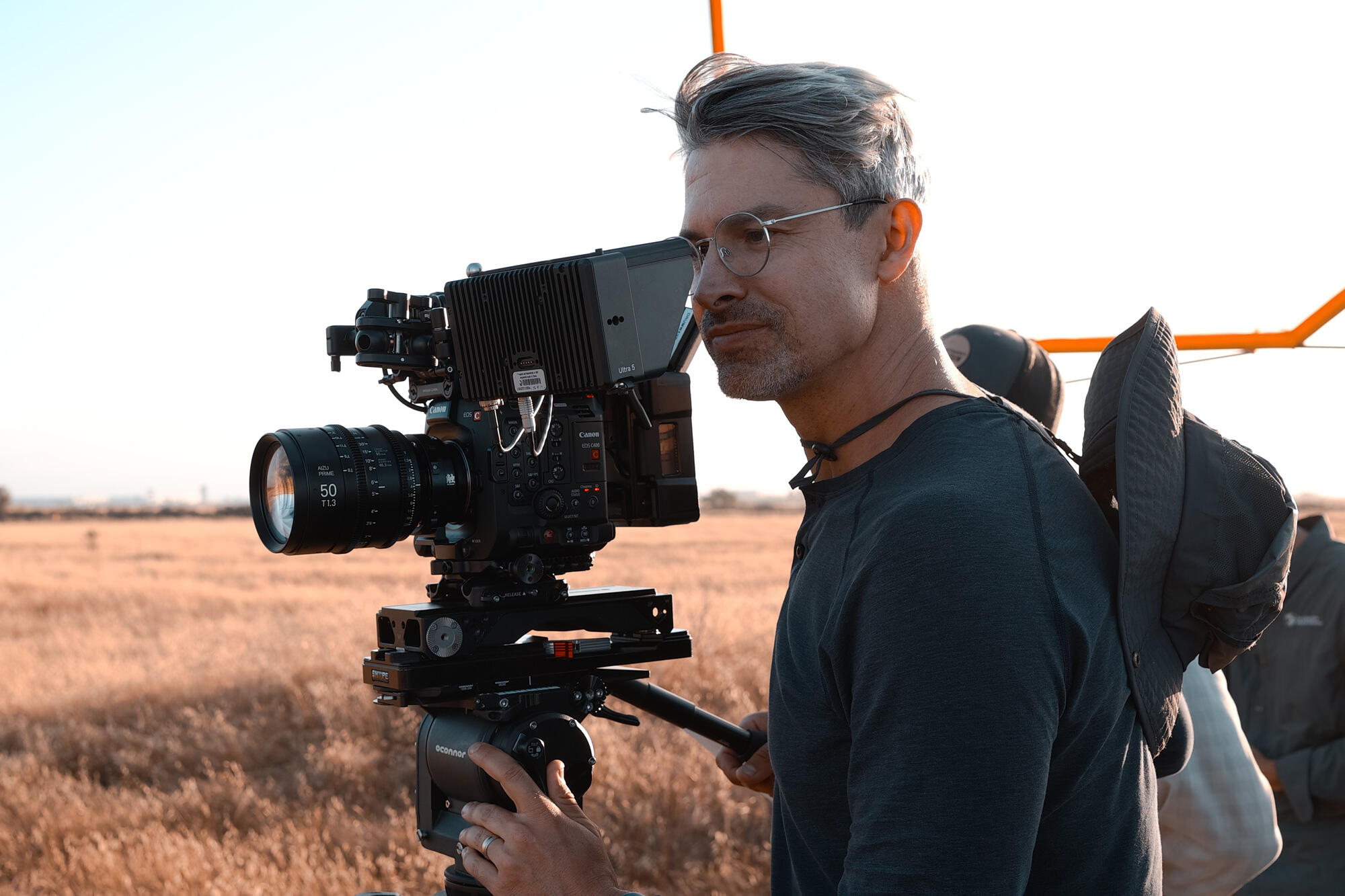
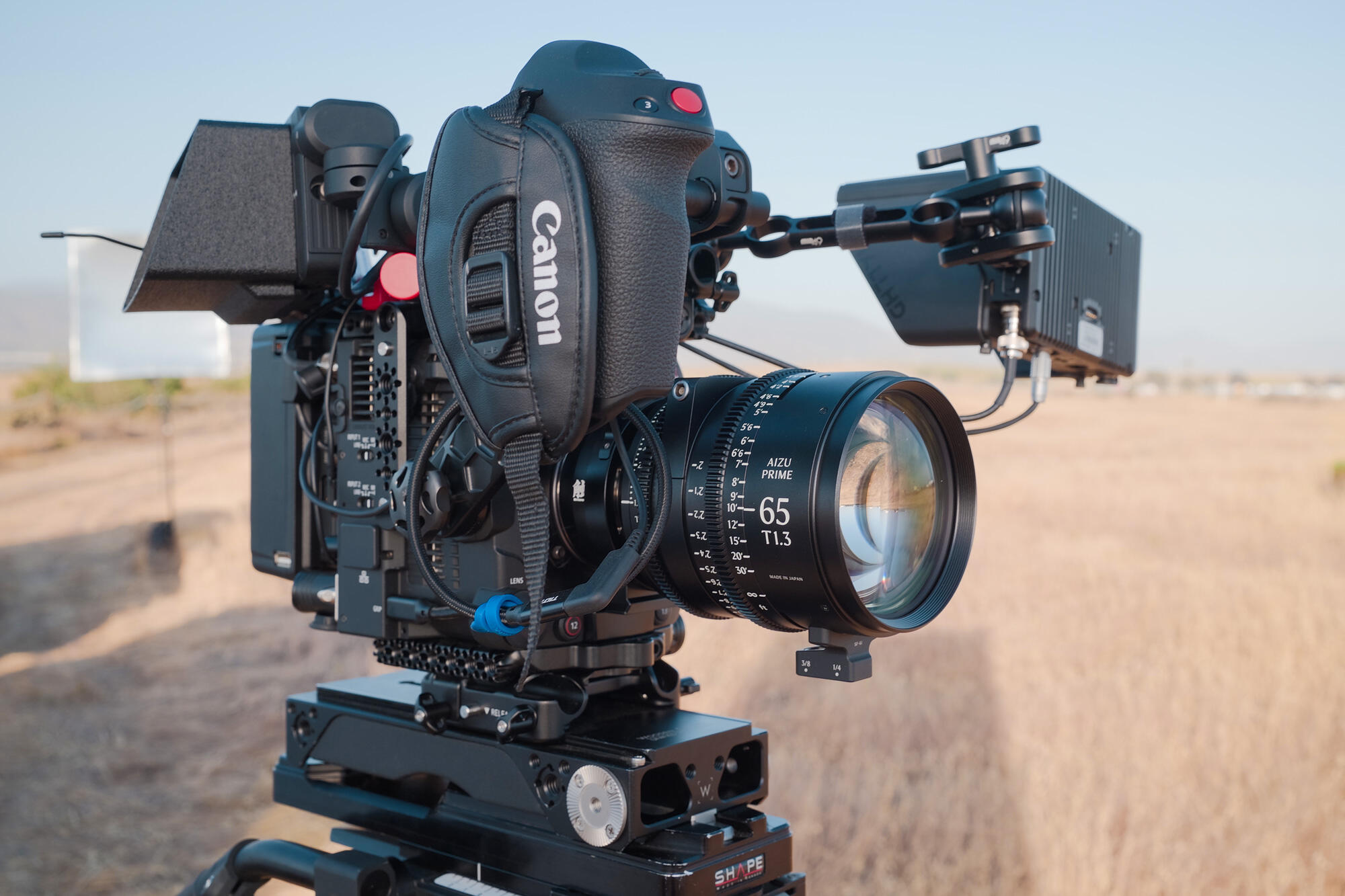
In short, there is a beautiful three-dimensional feel that separates the in-focus foreground subject and the background. I love it, and it’s one of my favorite things about the Aizu Primes. Pair that with a modern and flattering level of sharpness that your on-camera talent will love, and you have a look that isn’t too aggressive but sharp enough to bring out the details in any situation.
The close focus performance with this set is also extraordinary, with the 25mm close focus landing at just 1 foot (31cm), for example. That’s not measured from the front of the lens — that’s 1 foot from the sensor of the camera. This simply means you are reaching for your macro lens less.
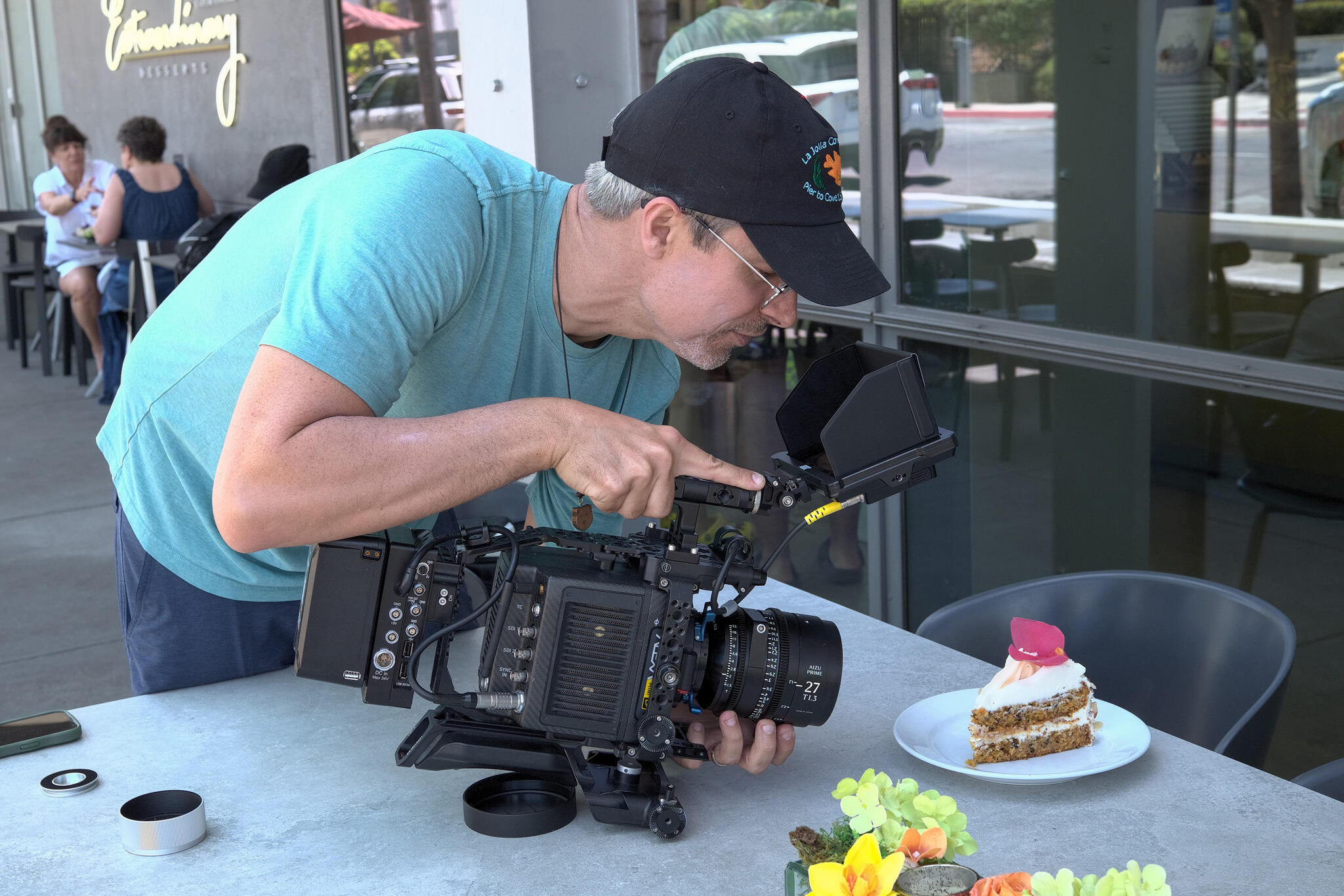
CLOSE FOCUSING RANGES FROM JUST 1 FOOT (31cm) WITH THE 25mm LENS, TO 2.5 FEET (73cm) WITH THE 75mm LENS.
With the Aizu Primes, there can be some subtle flare from light sources, but that too isn’t overwhelming. If you want a flare in your scene you can make it happen, but you don’t need to be afraid that every light source will lead to a flare that may distract from the performance of your subject. The flare handling is a great balance.



Oftentimes, we associate different looks with different genres (for better or for worse) — for example, the current in-vogue look in true crime tends to be cooler, darker and sharper. Rom Coms tend to be more warm and saturated. The Sigma Aizu Primes work in both worlds and a wide spectrum in between, and that also means, for me, they are safer choices to own. Simply put, they work in more circumstances and thus the investment makes more sense to me as an owner/op or from a rental house perspective.
The Zeiss eXtended Data port based on Cooke’s i/Technology protocol also future proofs the Aizu Prime line for owners and users. You may or may not work with post VFX teams currently, but the post team will love access to lens characteristics data to help their environments feel more real. All you need is a 4-pin LEMO cable going from the lens to your favorite camera body with a compatible port. Again, you may not need it on every project, but you’ll be surprised how quickly this functionality becomes “mandatory” for a variety of different departments.
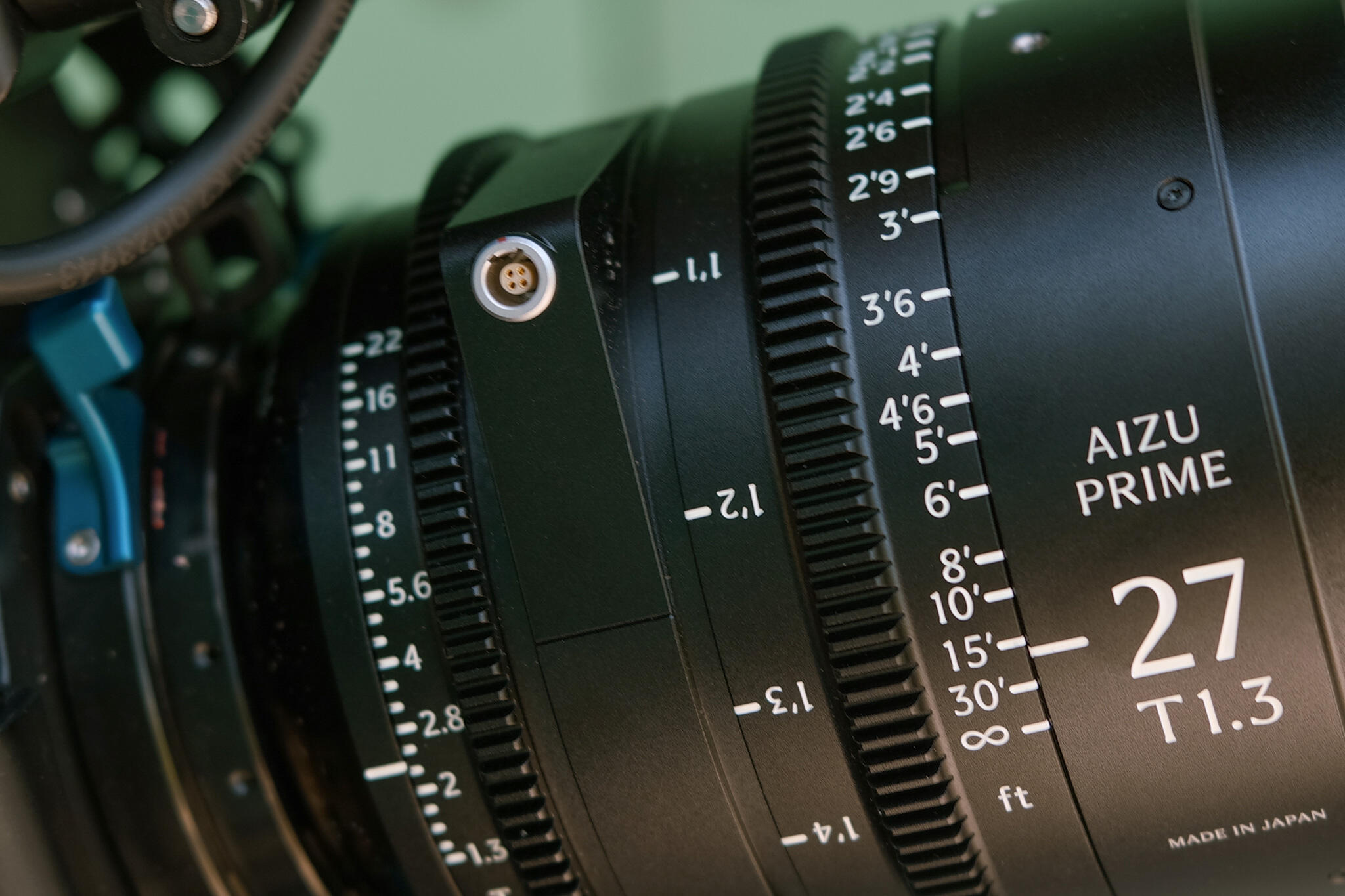
LEMO CONNECTOR PORT FOR ZEISS EXTENDED DATA FUNCTIONALITY
We don’t talk about this enough, but I also know that Sigma has my back from a service perspective. Having worked in military planes and even on the side of F1 tracks in Austria, I know that stuff happens and there is a level of comfort knowing that if I need a repair I can make that happen quickly and keep on filming.
The Aizu Prime line of lenses checks a lot of boxes for cinematographers, especially those who want consistency and unwavering quality. Of course, if you’re looking for more versatility, Sigma’s upcoming AF Cine Line — which includes the aforementioned 28-45mm and 28-105mm lenses, revamped for cine applications — is going to be another impressive addition. As an avid E-mount user, I’m going to keep my eyes open for more news there.
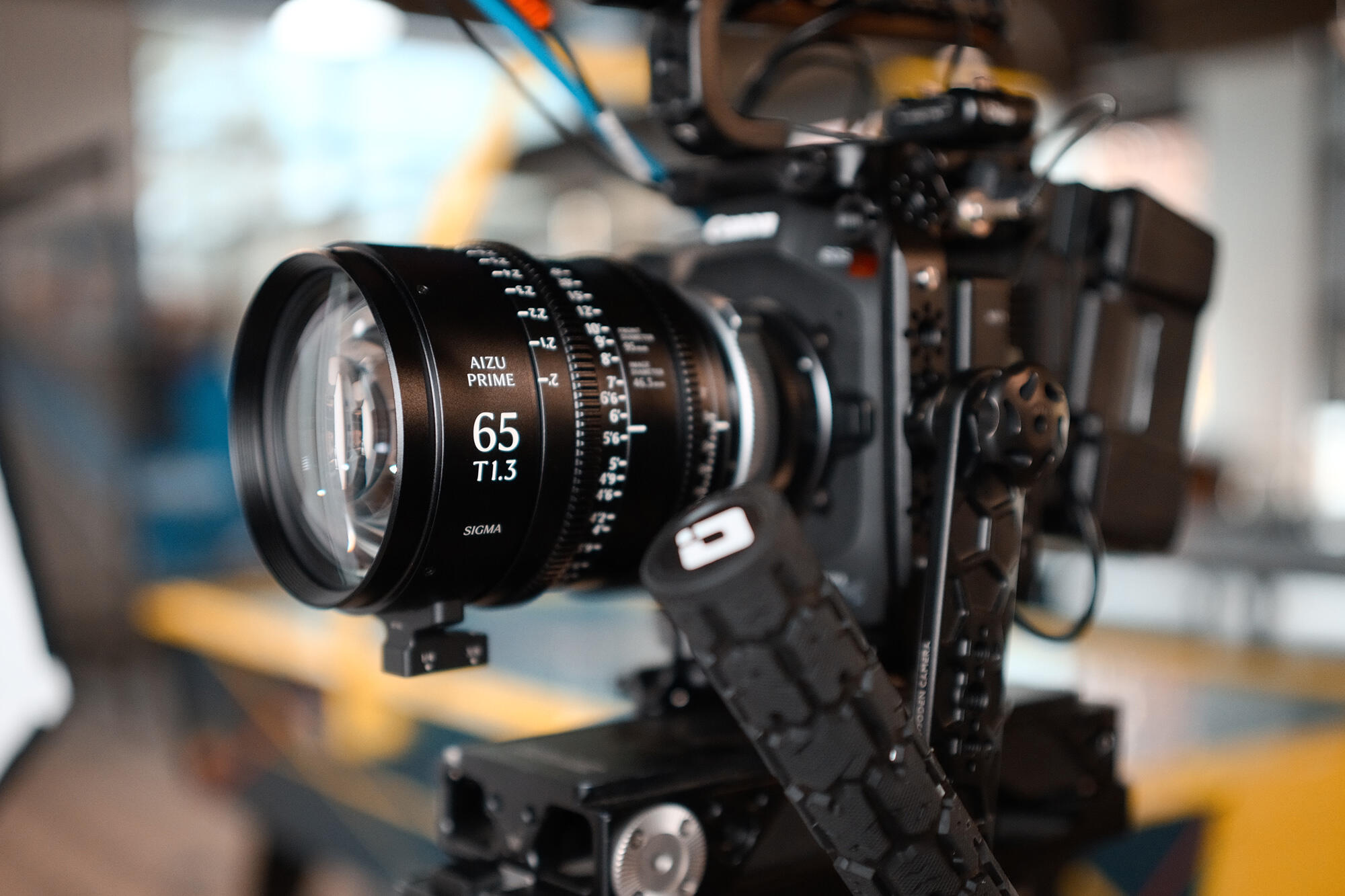
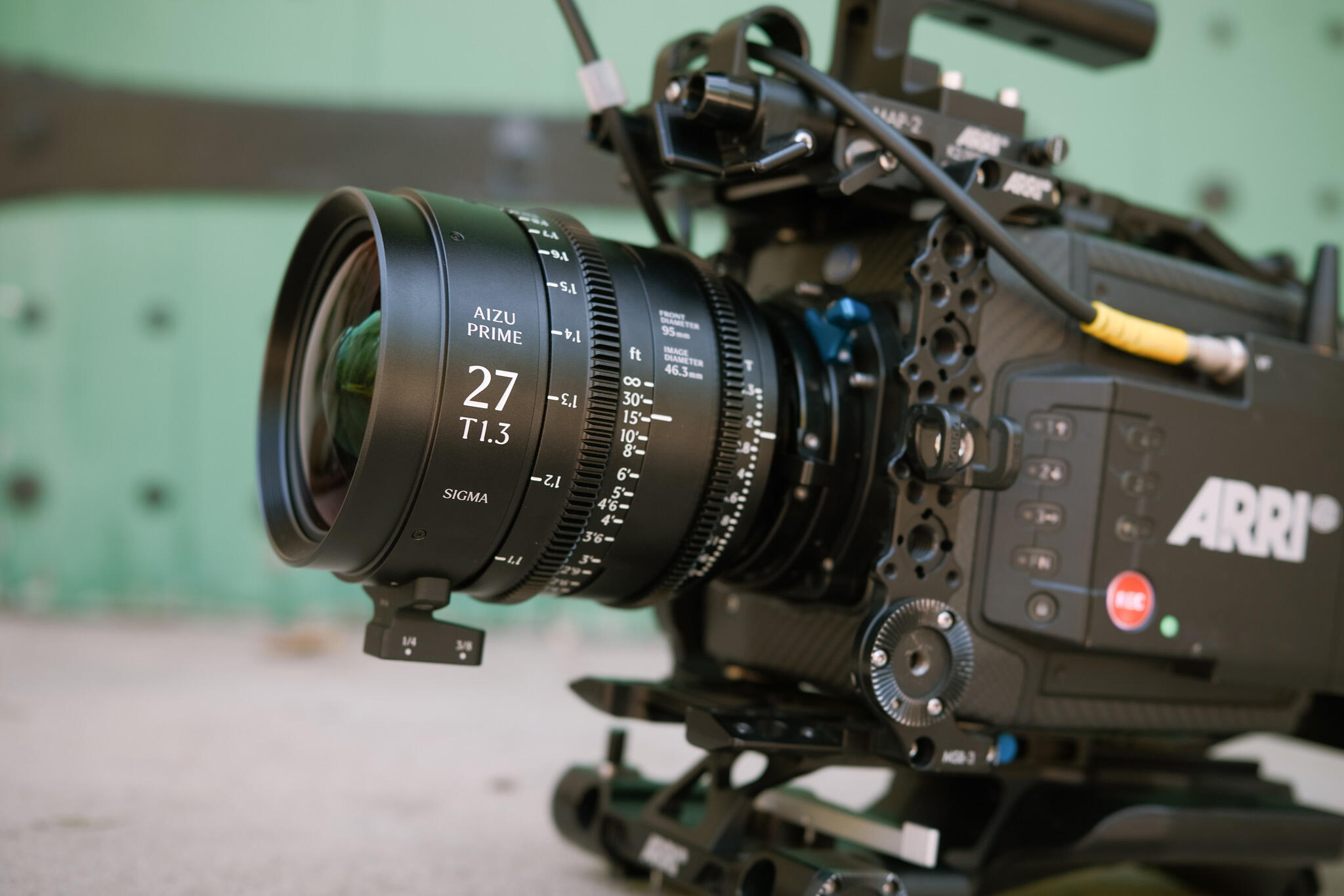
THE AIZU PRIME LINE REPRESENTS THE BEST OF SIGMA’S OPTICAL PRODUCTION CAPABILITY, AND WE HOPE IT FINDS A HOME IN CINEMATOGRAPHERS’ KITS ALL OVER THE WORLD.
It isn’t lost on me that there is a lot of choice in the cinema lens market. For me, beyond the gorgeous look of the Aizu Primes, it comes down to trust. Having worked with Sigma lenses for years now, I know I can take these new lenses into the snow, jungle and desert with confidence.
ABOUT
GRAHAM SHELDON
Emmy Award winner Graham Ehlers Sheldon resides in Southern California, where he works as a producer and cinematographer. As a member of the Producers Guild of America, he has produced documentary and narrative projects on six continents. Feature Credits: The Right Girls (2020), The Good Catholic (2017), Ms. White Light (2020), Dry Blood (2019), So Cold the River (2020).
EQUIPMEN USRD
